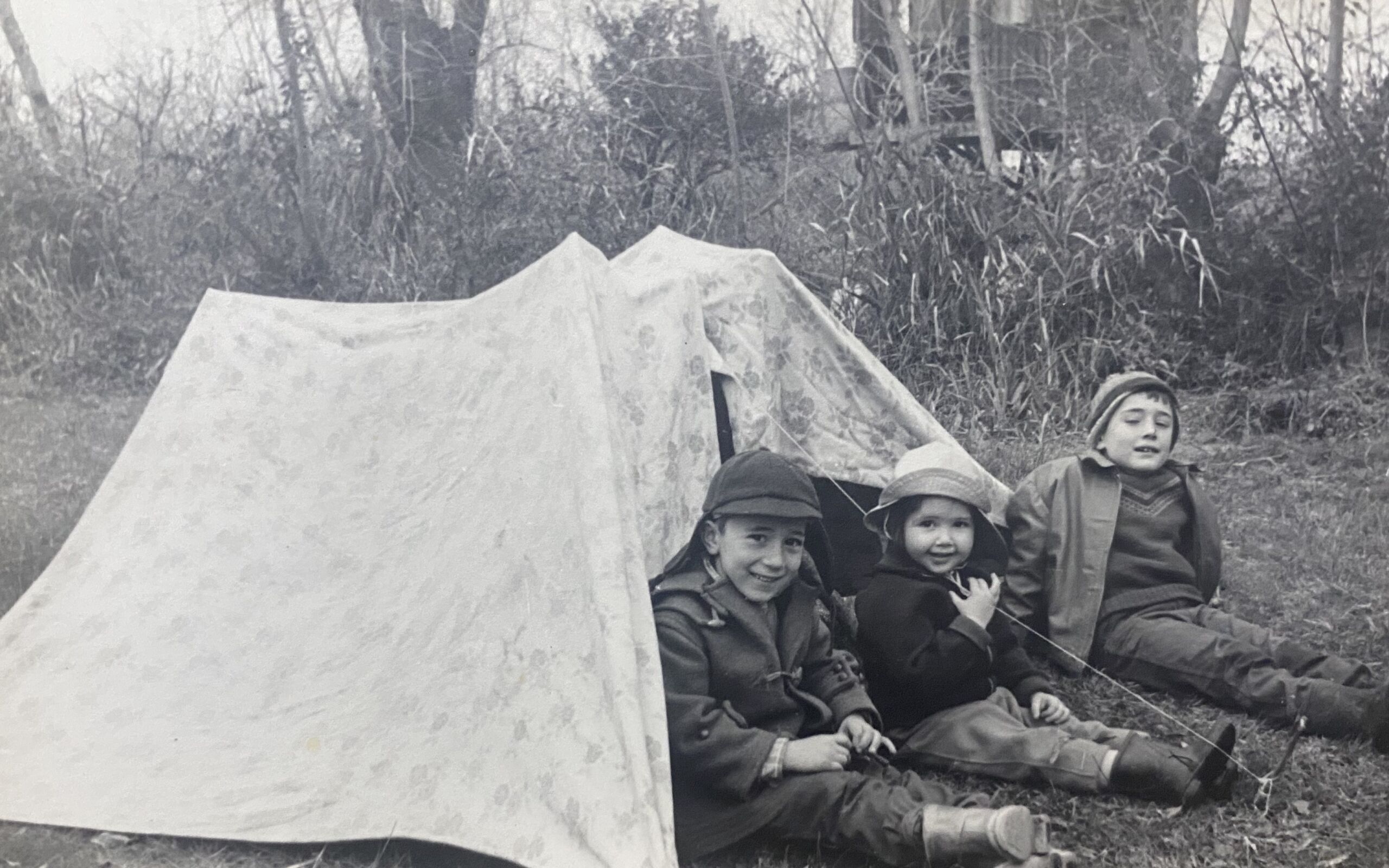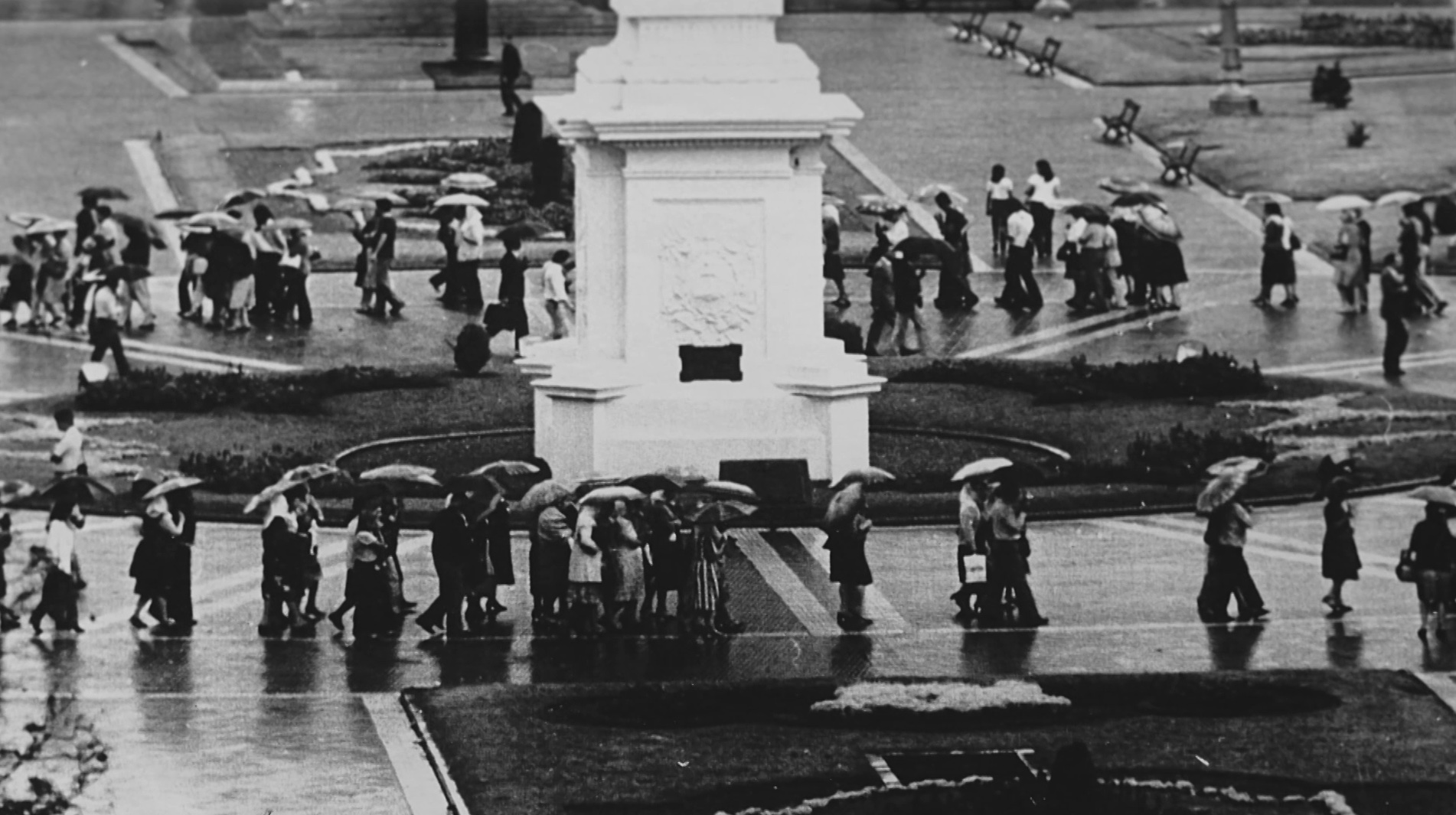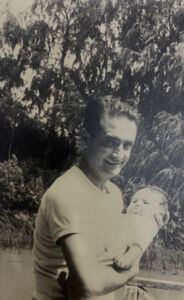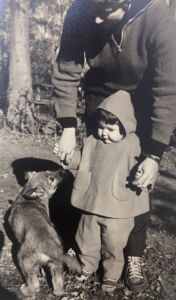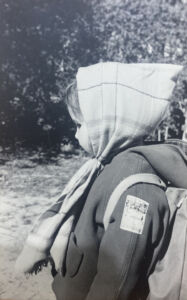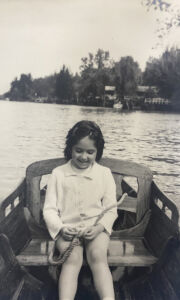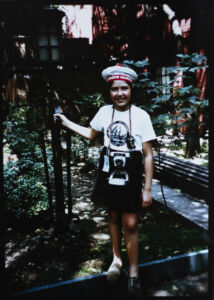Humanising History. The story of the life of Franca Jarach, desaparecida
Why do we study the past?
How can we investigate it?
What does it communicate?
Starting from the archive dedicated to Franca’s biography, a girl who was kidnapped and disappeared in Buenos Aires in 1976, Carlo Greppi accompanies us on a journey of historical research through the questions that guide the process.
The University of Turin, as part of UniVerso, presents the exhibition Humanising History. The story of the life of Franca Jarach, desaparecida curated by Progetti Specifici.
Carlo Greppi’s work on Franca Jarach is an emblematic example of how historical research can become a powerful tool for human storytelling and understanding.
Through an approach that combines methodological rigour with narrative sensitivity, Greppi reconstructs not only the historical events linked to Franca’s story, but also restores the profoundly human dimension of a young woman whose destiny is intertwined with the tragedy of the Argentinean desaparecidos.
The peculiarity of his work lies in his ability to transform archival research into a living narrative, overcoming the harshness of historical data and restoring life to an interrupted existence. Through letters, testimonies and documents, the portrait of an 18-year-old girl full of ideals and dreams emerges, daughter of a Jewish Italian family that emigrated to Argentina to escape the racial laws and consciously chose to be on the side of the outcasts.
This approach of ‘humanising history’ allows visitors to establish an emotional connection with past events, making the human dimension of major historical events tangible and understandable. Franca’s story thus bridges past and present, as well as personal and collective memory, and the specificity of one life with the universality of values such as justice and freedom.
